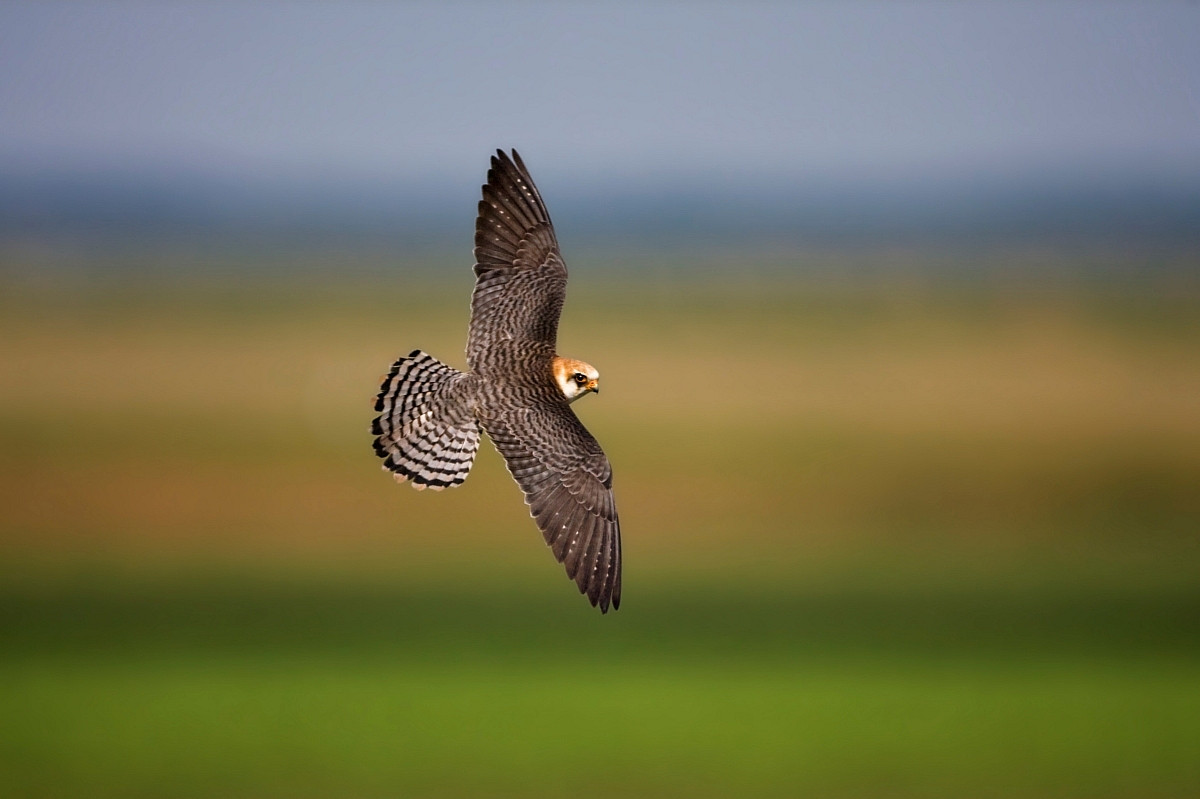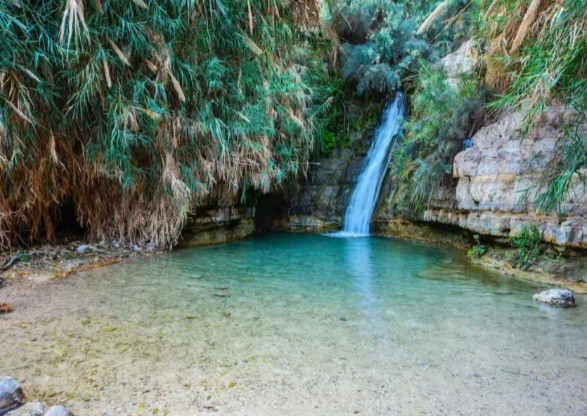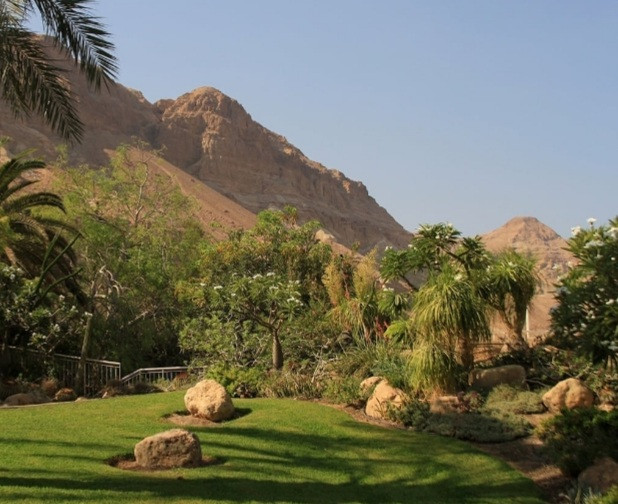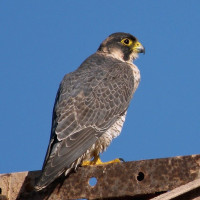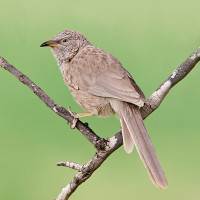Description
The Ein Gedi natural park has a rich flora and fauna, rocks and waterfalls. It is a real oasis in the dry desert. Two rivers (wadis) run through the green valleys that provide a stark contrast to the arid desert landscape in the area. Desert wildlife of Ein Gedi includes Nubian ibex, red fox, jackal, rock hyrax, dorcas gazelles, fat-tailed scorpion (aggressive and very toxic, but thankfully nocturnal). The rift valley running through Israel is a migration pinch point where 50,000 White Stork, 400,000 European Honey-buzzard, 140,000 Lesser Spotted Eagle pass through in spring and autumn, along with shrikes, terns, flamingoes, egrets, Red-footed Falcon, Osprey, Spur-winged Lapwing, Whimbrel and many more. Plant life includes tamarisk, baobab and several cactus species.
In the irrigated kibbutz area, bee-eaters, grackles, Eurasian Hoopoe, Arabian Babbler and Common Bulbul may be seen.
The path up to the waterfall is precarious and requires agility. Always take plenty of water and avoid midday heat. The circular route marked on the map is about 10 km, with 700 feet of ascent.
Details
Access
Ein Gedi is on the north-south highway 90. It is 30 miles south of Jericho and 120 miles north of Eilat. Click on a P in the map to get directions or coordinates.
